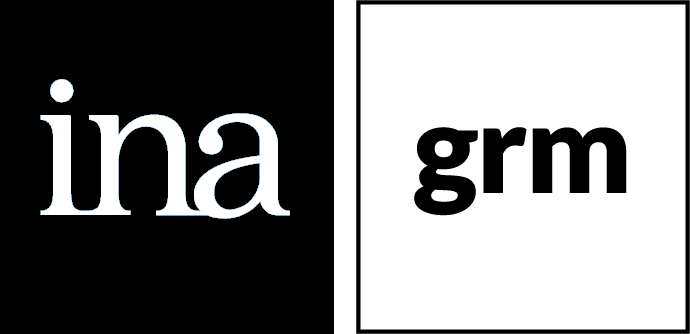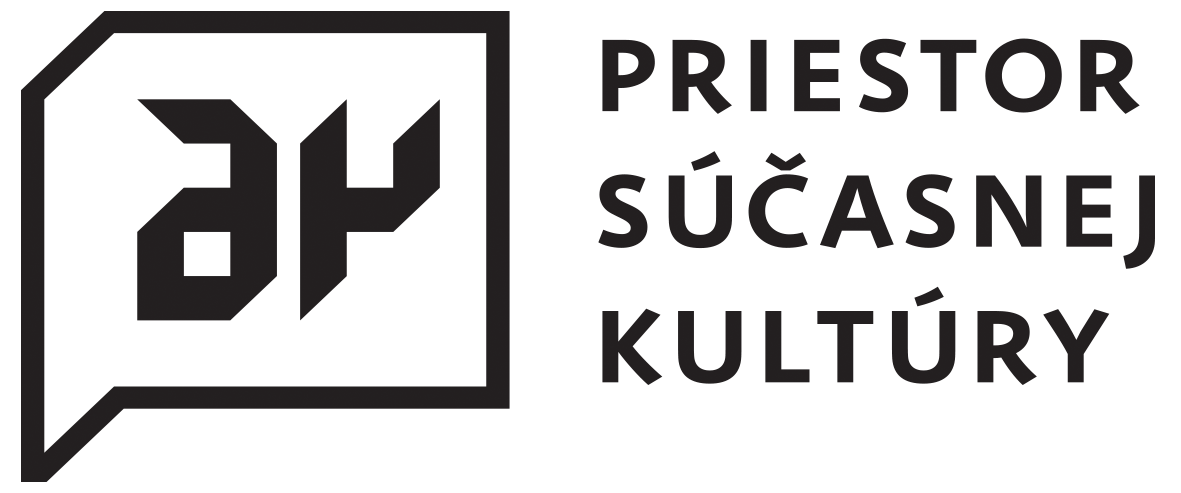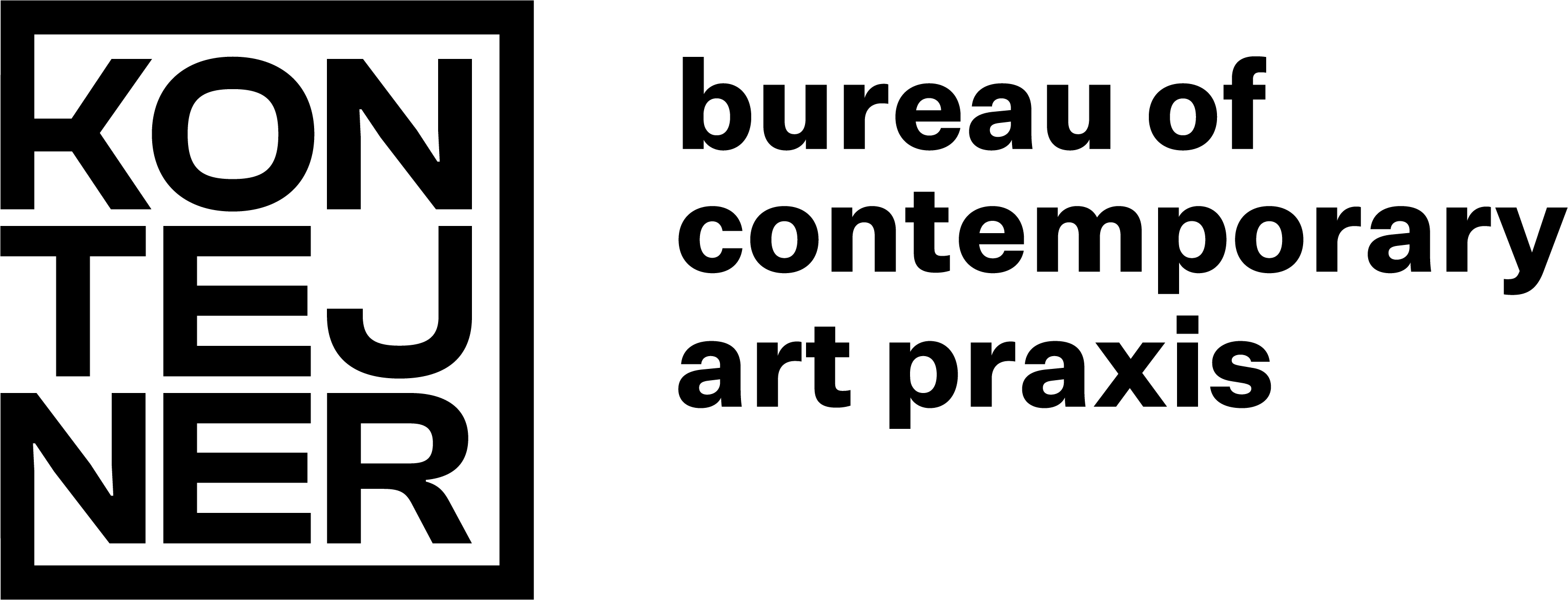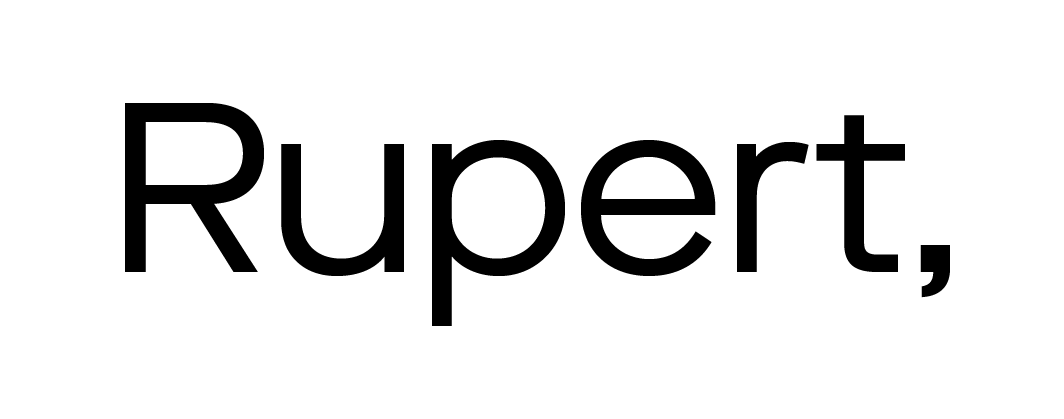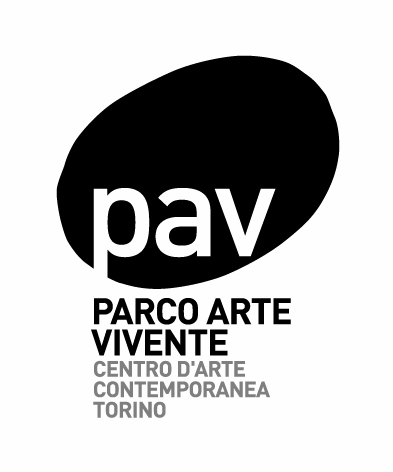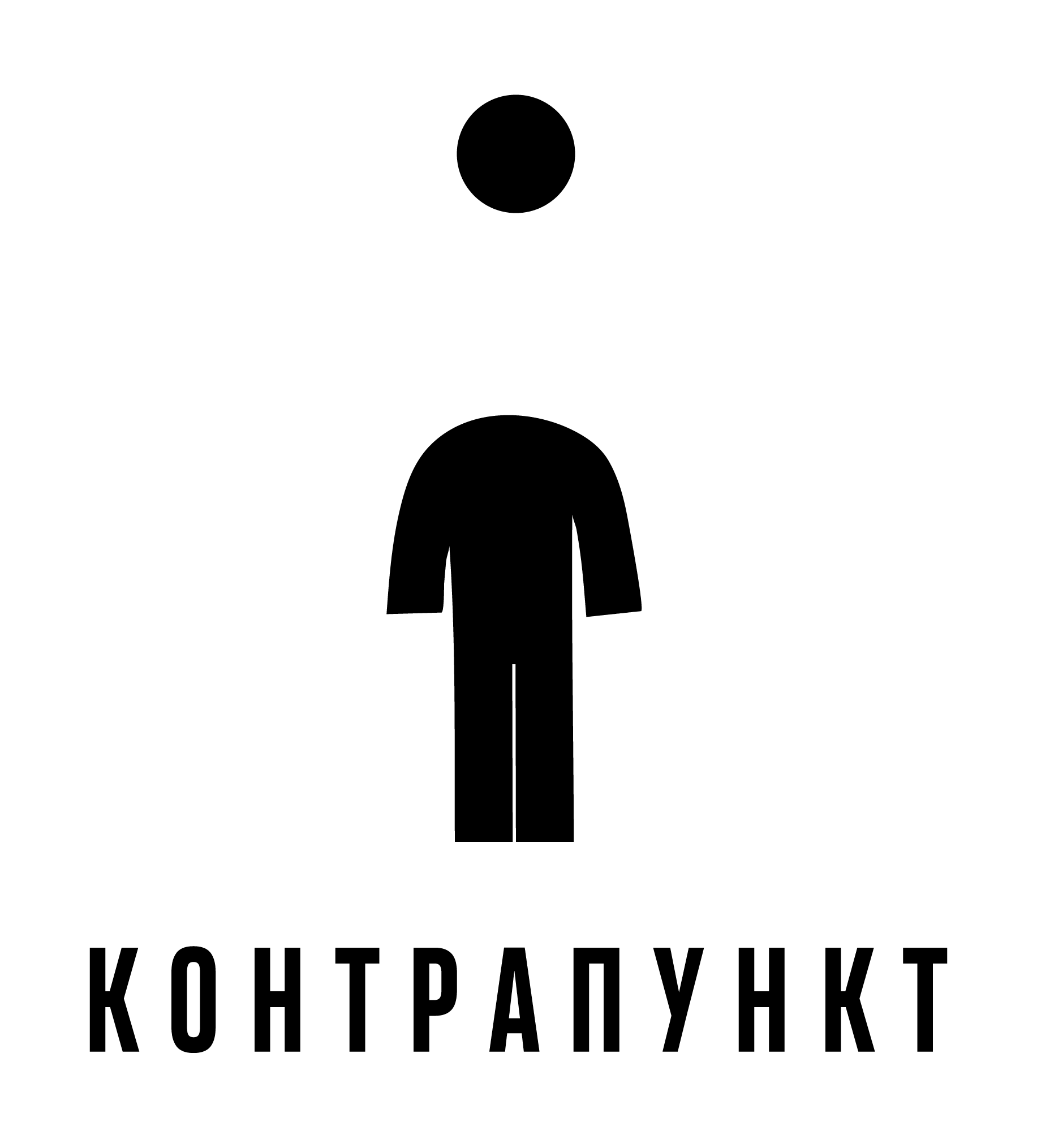Unboxing the Archive of Michel Waisvisz – Interview with Tarek Atoui and Kristina Andersen
Interview with Tarek Atoui and Kristina Andersen by Sally-Jane Norman, with an introduction by Maud Seuntjens
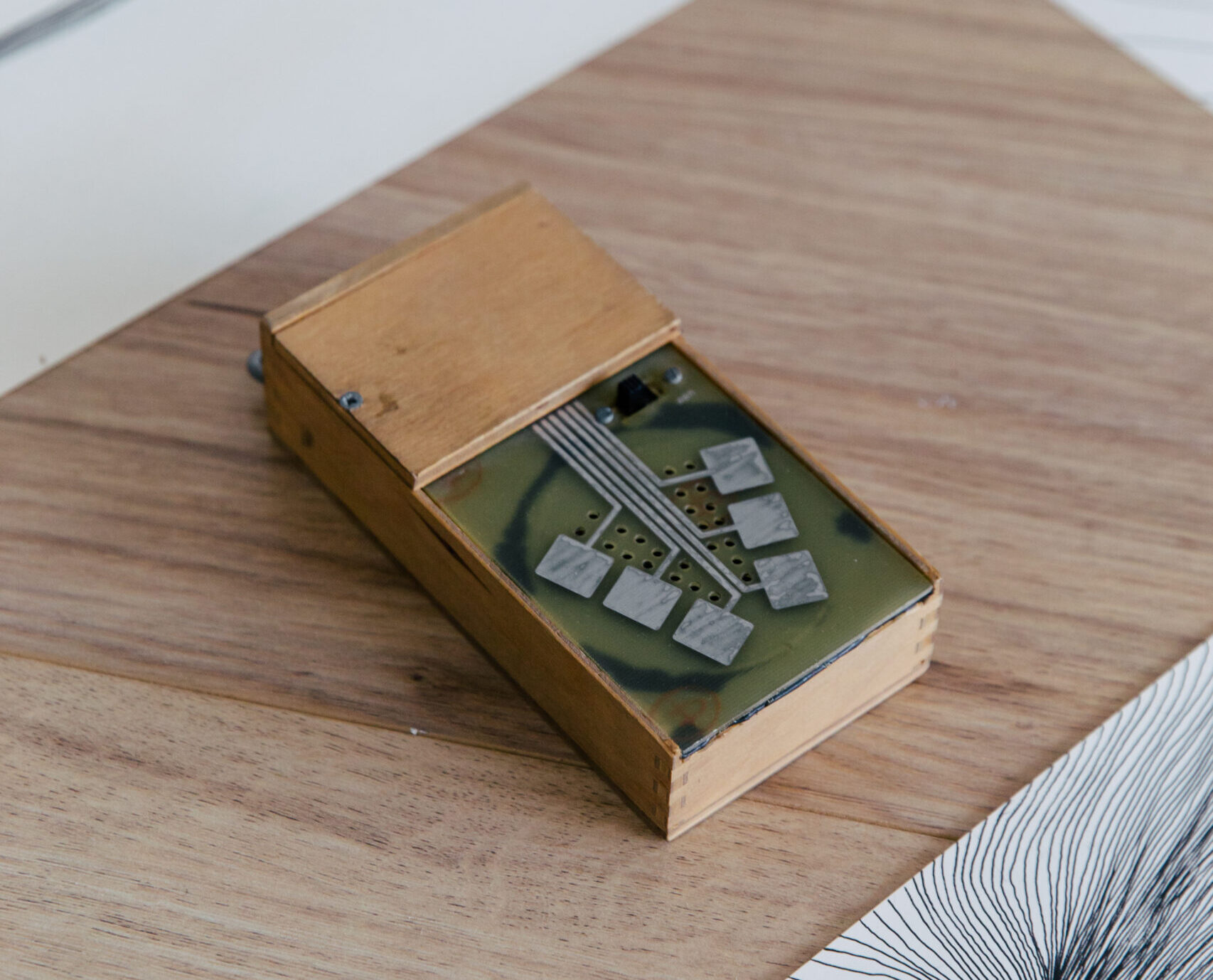
The following interview comes from the sixth issue of Ecoes, Sonic Acts’ periodic magazine about art in the age of pollution. Read this and much more in print by pre-ordering a copy from Sonic Acts webshop.
Unboxing the Archive of Michel Waisvisz – Interview with Tarek Atoui and Kristina Andersen by Sally-Jane Norman, with an introduction by Maud Seuntjens
As part of a long-term collaboration with Sonic Acts, Tarek Atoui and Kristina Andersen have spent days unboxing objects, documents, and fascinating musical tools contained within the archive of Michel Waisvisz (1949–2008). The project takes up the legacy of this unique Dutch artist, composer, and instrument maker, evoking his important oeuvre to inspire new forms of experimentation. The historical materials, both physical and ephemeral, are positioned in dialogue with an emerging generation of artists and former collaborators and, in this way, transformed in the present day. In conversation with Sally-Jane Norman, Atoui and Andersen reflect on engaging with the archive and staying true to the spirit of Waisvisz. As the process unfolded, they came to figuratively understand the collection in terms of ‘orality’, or the tradition of passing down knowledge through spoken communication. While codifying creative practices requires staying true to fixed-forms, orality offers a fluid, open, ever-adapting approach.
Michel Waisvisz was a pioneer in the international world of technological art, electronic sound art, and performance. Based on his experiences of playing with short wave radio as a child, he developed electronic and (later) digital instruments and software that transform bodily movements into sound. Works including the Crackle Box (1974) and Crackle Synth (1974), both pressure-sensitive, touchable devices, and The Hands (1984), twin MIDI controllers that can be attached to the player’s palms, garnered him international acclaim. His influence only increased after becoming the artistic director of the Studio for Electro-Instrumental Music (STEIM) in Amsterdam in the 1980s.
Diverging from and encircling the archive, new musical instruments have been commissioned by Sonic Acts alongside reeditions of Waisvisz’s innovative inventions. Functioning as gestures, the instruments and archival materials will initiate communal narratives, introduced through workshops, conversations, lectures, and performances during the Sonic Acts Biennial 2024: The Spell of the Sensuous. On March 3, at the Bimhuis in Amsterdam, a programme of talks and collective improvisations will take place. Themed around the concept of ‘touching sound’ in relation to sampling and the crackle instruments, the featured artists include Boris Shershenkov, Görkem Arikan, Takuro Mizuta Lippit, Kristina Andersen, Ji Youn Kang, Julia Giertz, Tarek Atoui, and others.
Performance scholar-practitioner Sally-Jane Norman, who served as STEIM’s artistic guest director from 1998 to 2000, engages in conversation with Atoui and Andersen. Her professional background and creative practice share deep connections with Waisvisz, with whom she collaborated personally. Together, they orchestrated the very first instalment of the Touch Festival, a gathering facilitating haptic, tactile encounters through discursive events, presentations, and more.
Sally-Jane Norman: Can you explain how this project arose?
Tarek Atoui: I always wanted to do it and Sonic Acts provided an opportunity. I contacted Kristina with my idea, asking whether she knew where Michel’s stuff was.
Kristina Andersen: And I knew!
TA: I had no clue how much effort and care you’d made after Michel’s passing. All the work you did – digitising, thinking, storing as much as possible, and throwing away anything unnecessary.
KA: That’s the weird thing about archiving – it’s as much about getting rid of things as it is about preserving. For some things we have initial sketches, drawings, circuitry, sound recordings from concerts. It’s not complete, but it’s complementary, and it spans a very long period and every single form of digital media you can imagine.
SJN: You said ‘we’. Are there others involved you wish to name?
KA: I worked with a lot of people over the years. I spent Sundays in the basement with Takuro Mizuta Lippit, aka dj sniff, STEIM’s artistic director from 2008 to 2013. We’d come out blackened with data from the analogue audio tapes – literally wearing the sound! Sound artist Andi Otto wrote a thesis on The Hands, and in his search for the evidence we shifted through a lot of material. Interns would come in for one or two weeks. We would also write the occasional academic paper on The Crackle, on the interactive exhibition presented at the Stedelijk Museum in Amsterdam in 1975, or The Hands. Together, these situations led to a practical approach to archiving – not as a big overarching project, but a series of little incursions.
SJN: How do you keep Michel’s legacy alive? How does his body of work and artistic vision circulate with contemporary practitioners?
TA: His ideas are still very much alive through people close to Michel, who made instruments, controllers, and concerts in the way he did, or through the technology, and his legacy of making and building. Michel’s philosophy also continues as a kind of playfulness. He believed that we must approach these materials differently: How can we use a circuit board, a photo, or a recording in a livelier way?
Michel was important to me. He’s someone I’ve hugely cited in a lot of work I do. I also see his infuence in younger people who didn’t know him. For example, a young instrument maker in China who’s making dozens of versions of crackle boxes. Or people who make software, who are thinking about human-machine interaction, about instruments powered by solar energy, and non-electric sources… All these subjects are present in Michel’s work. So there must be a playful way to go back and explore it. I used to enjoy playing and having fun with Michel.
Ideas started to materialise when I looked at the collection with Kristina. We’d say, OK, this is a circuit board, could we share an image of this piece of circuitry with someone and ask them to imagine what it was meant to control? Or give someone a photo of a performance and ask them to try and build the instrument? We have plenty of ideas like these: How can we revisit instruments, unfinished ideas, photos, documents? All the materials have meaning and potential to generate meaning, or to trigger information beyond musicological, academic, or usual frameworks.
SJN: Is it a mix between speculative approaches and very physical anchorage?
TA: Objects crystallise ideas, intentions, thoughts. But beyond physical objects, we also have recordings and spools. We’re interested in building instruments based on the spools. There’s an audio file of Michel playing The Hands at different moments over the years. So, what if we were to take this audio file and ask young builders to make controllers? It’s not just a question of objects, it’s a question of how we use the sound file, the photo, the score, the sketch. In the long term, there is scope for development across multiple chapters and iterations. This is just a start.
SJN: How does the programme for the Sonic Acts Biennial 2024 fit in with what’s clearly a long-term undertaking?
TA: We are preparing a series of workshops, concerts, and talks with a focus on the restoration of certain elements, as well as the re-edition, digitisation, and scanning of archival materials. It’s a question of setting the ground, generating material that will feed into the programme. There are also one or two instruments we’re building, inspired by Michel’s inventions. Kristina and I will be hosts, but the programme is being put together with a group of people who are participating. We invited people with whom we were in conversation, including friends and younger creatives from the now defunct STEIM, for an evening of talks and concerts, sharing memories and playing music. It’s about creating a place where we can come together and discuss ideas.
SJN: Is there a longer-term time frame? It sounds as though this is going to evolve quite naturally, serendipitously?
KA: Having spent ffteen years on this, I’m coming at it as formal caretaker of the archive, but also as an academic and designer. At the end of the day, the archive is something I’ll deal with for a long time, perhaps forever. There’s an inherent impossibility in archiving – you can never find the right solution; you can never be done. We are trying to look over our shoulders with respect and love for what came before, but also with a real eye to what Michel would have said: maak wat van (make something out of it). For me, there’s a dilemma between making new things, but also wanting to hold onto some of the spirit that Michel brought to our lives.
The stuff he left behind is conceptually rich, but not always technologically dependable. Sometimes it was just a matter of making things work in the moment. Michel’s philosophy of ‘let’s figure it out!’ is what we’re missing right now, and I think it could be helpful again.
The article continues.
Read the whole article on Sonic Acts website.
Partner organisation






